Dan Eddy is the author of King Richard: The Story of Dick Reynolds, as well as Skills of Australian Football. He is the co-author of Champions: Conversations with Great Players & Coaches of Australian Football, and The Will to Fly. Eddy is a current PhD scholarship recipient (Federation University), whose project will examine the career of AFL Legend Alex Jesaulenko, and this article is an extract from his upcoming book, 'Always Striving': The Moments That Have Made the Essendon Football Club.
There was 4.47 remaining on the clock in the third quarter of the round 10 clash between Essendon and St Kilda, on a cold night out at Waverley Park in 1996. The Bombers led by 20 points, the ball had just trickled over the boundary line in Essendon’s right forward pocket at the city end of the ground, and players from both sides were setting up for a crucial boundary throw-in. Suddenly, the lights illuminating the ground began to flicker; so, too, the television coverage. Channel Seven commentator, Ian Robertson, was cut short: “Hello, we might be out of…” Then black.
“We just stood around in amazement,” remembered Essendon full-forward, Scott Cummings. Having just engaged in a tussle with St Kilda full-back, Jamie Shanahan, Cummings’ first concern was whether his opponent would seek retribution under the cover of darkness. “It was one of those feelings when you were looking over your shoulder,” he said. Mark Mercuri was standing next to Saint, Matthew Young, who turned to him and said, “What do we do here?” Mercuri was as dumbfounded as his opponent.
As players from both teams formed huddles, they were soon told that the lights would be back on in 15 to 20 minutes, so, out of safety concerns, both sides left the field to await the re-start. “At that stage there was a bit of laughter among the boys,” Cummings said, “but we were concerned about the result because we were in front.” According to Gary O’Donnell, the Bomber captain at the time, “You just sort of think they’ll come back on again [soon].” But as the minutes ticked by, the players were unaware that not only had a United Energy substation failed – sending a large area of the south-eastern suburbs into darkness – but, so too had Waverley Park’s back-up generator.
Supporters were initially told that the game would be recommencing that night, but before long their frustrations had taken over and they began to jump the fence and congregate on the field. There, they began to dislodge goal posts in protest, some even lighting fires. It had quickly fallen into anarchy. “It was Lord of the Flies,” O’Donnell said. “It was amazing what people do when they’re in a mob mentality … It was a poor night in the AFL’s supporter base.” The front page of the Herald Sun the following day labelled it “Footy Chaos” and “the biggest embarrassment yet for Waverley.”
The match was officially called off at 10.15pm; Bomber coach, Kevin Sheedy, suggesting that both teams be awarded four premiership points. But the AFL had other ideas, deciding the following afternoon to play two 12-minute halves, plus time-on, on the up-coming Tuesday night, O’Donnell calling it “ridiculous.” In fact, the Bomber skipper, who was also vice-president of the AFL Players’ Association, placed a phone call to league football operations manager, Ian Collins, protesting the decision. “I rang Ian Collins direct and said: ‘This can’t happen.’ He said: ‘It’s happening.’” If that wasn’t farcical enough, coaches were permitted to bring in players who had not played in the first part of the game. Recognising the possibility of having his emerging star, James Hird, available for part two, Sheedy called the latter decision “a common-sense solution.”
Essendon made five changes (the Saints made four of their own), bringing in Hird, David Calthorpe, Steven Alessio, Danny Morgan, and debutante Justin Blumfield. While Blumfield would fail to record a statistic in his first game, Alessio kicked one of four Bomber goals in part two, and Hird starred, collecting 10 disposals and four marks, helping his side to, finally, record a 22-point victory. The match was played in front of 17, 590 diehard supporters who had bothered to turn up, for free, to see the final stages of the game: 26, 335 less than had been in attendance in part one.
Following what was labelled “the strangest game in a century,” the AFL altered their rules to ensure that nothing like what was witnessed out at Waverley, over four days in early June of 1996, can ever happen again. Now, if a game is called off before half-time it will be deemed a draw, and if an abandonment takes place after half-time the team in front will be awarded the four points.
Over the next few weeks essendonfc.com.au will be publishing more extracts from Dan Eddy's upcoming book, 'Always Striving': The Moments That Have Made the Essendon Football Club.
[2] Scott Cummings quotes sourced from Herald Sun online, published on 8 May 2008.
[3] Matthew Young quote sourced from Daniel Cherny’s article in the Sunday Age, 22 May 2016, Sport p. 10.
[4] Gary O’Donnell quotes sourced from Daniel Cherny’s article in the Sunday Age, 22 May 2016, Sport p. 10.
[5] Herald Sun, 9 June 1996, p. 1.
[6] Herald Sun, 9 June 1996, p. 52.
[7] Kevin Sheedy quote sourced from Daniel Cherny’s article in the Sunday Age, 22 May 2016, Sport p. 11.


